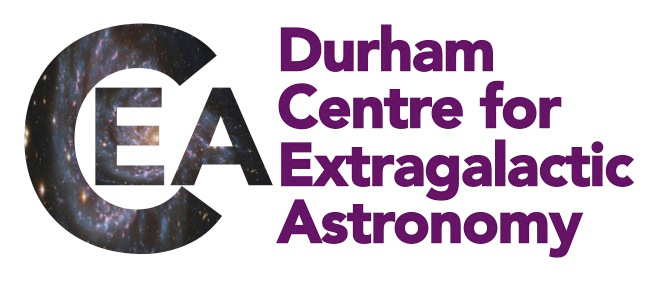CEA News, January 2023
Spectroscopic follow-up of a subset of the Gaia/IPHAS catalogue of Hα-excess sources
State-of-the-art techniques to identify Hα emission-line sources in narrow-band photometric surveys consist of searching for Hα excess with reference to nearby objects in the sky (position-based selection). However, while this approach usually yields very few spurious detections, it may fail to select intrinsically faint and/or rare Hα-excess sources.
 Figure 3 in the paper, this shows a spectrum of the object Gaia DR2 3455444577118544768. The
shape in correspondence of the H𝛼 wavelength does not allow the measurement of its FWHM,
proving the need for this updated technique to find outliers.
Figure 3 in the paper, this shows a spectrum of the object Gaia DR2 3455444577118544768. The
shape in correspondence of the H𝛼 wavelength does not allow the measurement of its FWHM,
proving the need for this updated technique to find outliers.
In order to obtain a more complete representation of the heterogeneous emission-line populations, a paper led by CEA astronomers recently developed a technique to find outliers relative to nearby objects in the colour-magnitude diagram (CMD-based selection). By combining position-based and CMD-based selections, they built an updated catalogue of Hα-excess candidates in the Northern Galactic Plane. This paper presents spectroscopic follow-up observations and classification of 114 objects from this catalogue that enables us to test our novel selection method. Out of the 70 spectroscopically confirmed Hα-emitters in our sample, 15 were identified only by the CMD-based selection, and would have been thus missed by the classic position-based technique. In addition, they explore the distribution of our spectroscopically confirmed emitters in the Gaia CMD. This information can support the classification of emission-line sources in large surveys such as the upcoming WEAVE and 4-m Multi-Object Spectroscopic Telescope, especially if augmented with the introduction of other colours.

